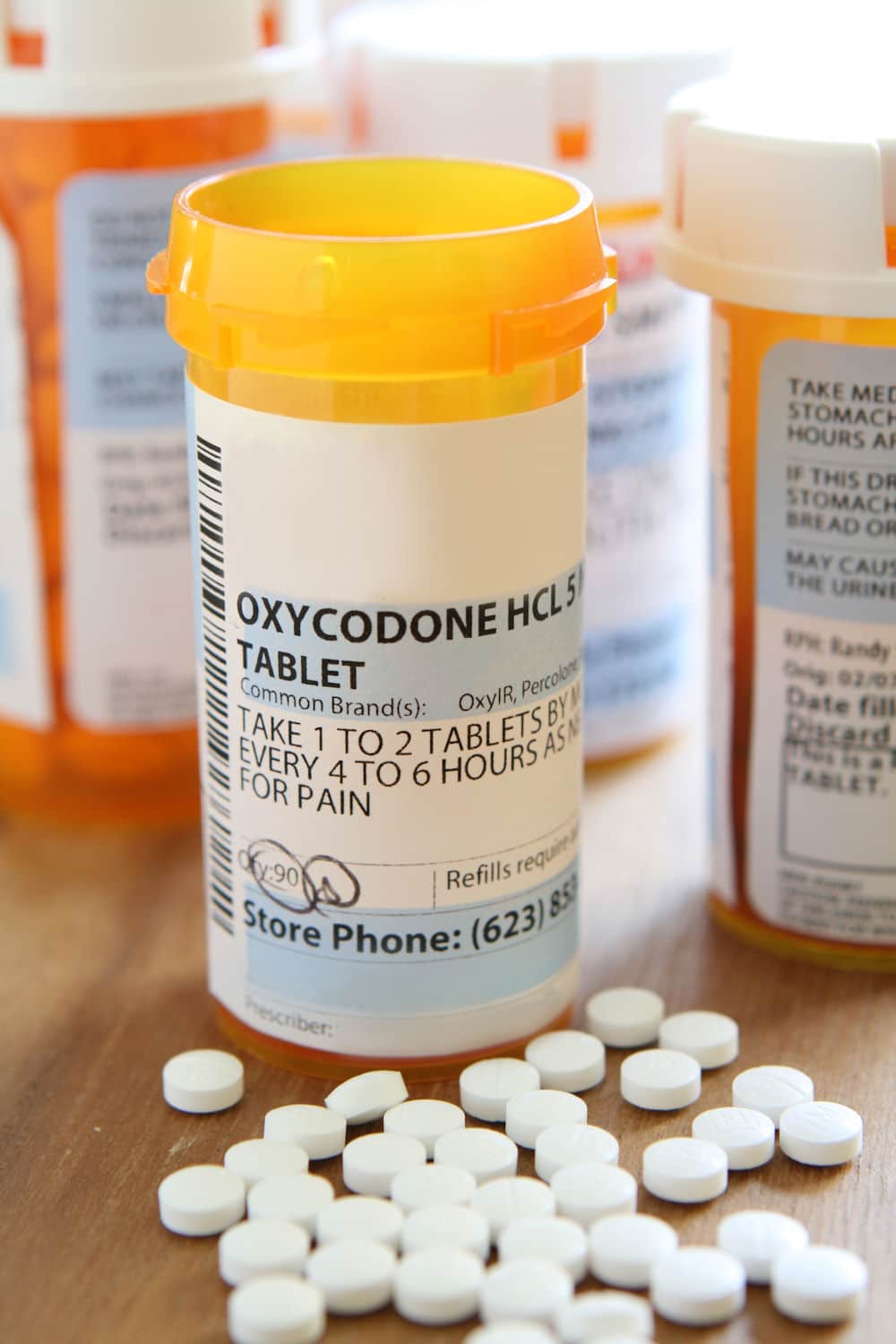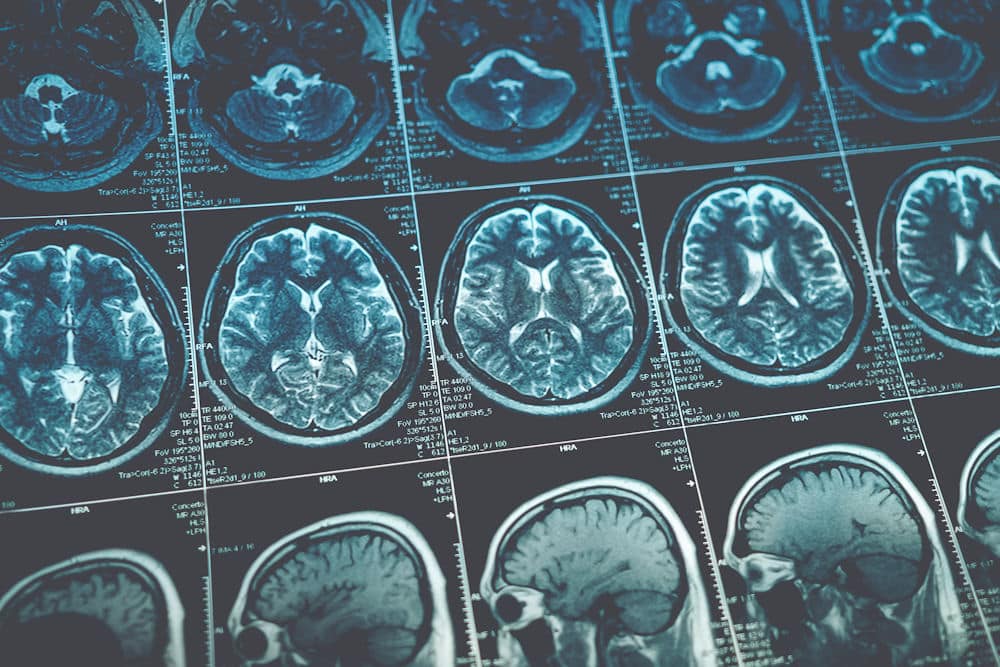Whether you’re here out of curiosity, concern, or just seeking some clarity, understanding how long oxycodone stays in your system is important for a variety of reasons. Perhaps you or a loved one are managing pain with this medication, or maybe you’re preparing for a medical test or procedure. Whatever your reason, we’ve got you covered.
In this article, we’ll explore the duration oxycodone remains in the body, the factors that influence its presence, and what you can expect during this time. Let’s dive in and learn more about how this common prescription drug interacts with our systems.
What Is Oxycodone?
Oxycodone is a potent opioid medication used to treat moderate to severe pain by altering the brain and nervous system’s response to pain. Available in various forms, like tablets and liquid solutions, it provides tailored pain management for chronic and post-surgical pain. However, oxycodone has a high risk of addiction, abuse, and overdose. Classified as a Schedule II-controlled substance, it requires careful monitoring and adherence to prescribed dosages.
Oxycodone has different detection windows depending on the type of test used and various individual factors. Here is a general overview:
- Blood: Oxycodone can be detected in the blood for up to 24 hours after the last dose.
- Urine: Oxycodone is typically detectable in urine for 3-4 days after the last dose. However, this can vary based on the frequency of use and the user’s metabolism.
- Saliva: Oxycodone can be detected in saliva for 1-4 days after the last dose.
- Hair: Oxycodone can be detected in hair follicles for up to 90 days after the last dose.
Consult a healthcare professional for tailored advice and information, and know when to seek help.
How Does Oxycodone Affect the Brain and Body?
Oxycodone affects the brain and body by binding to opioid receptors in the brain, spinal cord, and other areas of the body, which alters the way pain signals are transmitted and perceived. This binding action reduces the sensation of pain and can also produce feelings of euphoria, which can be particularly strong in individuals who are not accustomed to opioid use. This euphoria is one reason why oxycodone has a high potential for abuse and addiction.
In addition to pain relief, oxycodone’s effects on the central nervous system can lead to side effects such as drowsiness, dizziness, and confusion. It also depresses respiratory function, which can be dangerous or even fatal, particularly at high doses or when combined with other substances that suppress breathing, such as alcohol or other sedatives. Other physical effects include constipation, nausea, and, in some cases, hormonal imbalances due to its impact on the endocrine system. Careful monitoring and adherence to prescribed dosages are crucial to mitigating these risks.

What are the Factors That Influence a Drug’s Half-Life?
Several factors can influence the half-life of oxycodone or the time it takes for half of the drug to be eliminated from the body.
- Age: Older adults metabolize oxycodone more slowly, prolonging its half-life due to decreased liver and kidney efficiency.
- Liver and Kidney Function: Impaired liver or kidney function slows oxycodone metabolism and excretion, extending the drug’s half-life.
- Dosage and Frequency of Use: Higher doses and frequent use extend oxycodone’s presence in the system by saturating metabolic pathways.
- Body Mass and Composition: Higher body fat stores oxycodone longer; more muscle mass increases metabolic efficiency, affecting drug elimination.
- Metabolic Rate: Faster metabolism processes and eliminates oxycodone quicker; influenced by genetics, physical activity, and overall health.
By understanding these factors, you can better predict how long oxycodone stays in your system.
Opiates and Opioids: What is the Difference?
Opiates and opioids, though often confused, have distinct definitions based on their origin. Opiates are natural or semi-synthetic drugs derived from the opium poppy plant, such as morphine and codeine. These substances have been used historically for pain relief and sedation. Semi-synthetic opiates, like heroin, are chemically modified from natural opiates. Despite their natural origins, opiates are highly addictive and strictly regulated.
Opioids, a broader category, include both natural opiates and synthetic drugs like fentanyl and methadone, as well as semi-synthetic drugs like oxycodone and hydrocodone. These substances are created in laboratories and can be more potent than natural opiates. Both opiates and opioids work by interacting with opioid receptors in the brain, producing pain relief, sedation, and euphoria. This mechanism makes them effective for pain management but also contributes to their high potential for addiction and overdose. Understanding the difference between opiates and opioids is essential for safe and effective use.
Oxycodone Addiction: Causes, Signs, and Diagnosis
Oxycodone addiction is a serious condition that requires prompt recognition and intervention. Understanding the causes, identifying the signs, and conducting a thorough diagnosis are crucial steps in providing effective treatment and support for individuals struggling with addiction.
- Medical Use: Oxycodone is often prescribed for moderate to severe pain. However, its high potential for addiction can lead to misuse.
- Genetic Factors: A family history of substance abuse can increase the likelihood of developing an addiction.
- Psychological Factors: Individuals with mental health disorders such as depression or anxiety may be more prone to substance abuse as a form of self-medication.
- Environmental Factors: Exposure to environments where drug use is prevalent can increase the risk of addiction.
- Physical Dependence: Long-term use of oxycodone can lead to physical dependence, where the body requires the drug to function normally.
- Craving the Drug: Experiencing an intense, uncontrollable desire to use oxycodone.
- Loss of Control Over Use: Inability to regulate or limit oxycodone intake despite intentions to do so.
- Continued Use Despite Negative Consequences: Persisting in oxycodone use even when it leads to severe personal, social, or health problems.
- Withdrawal Symptoms When Not Using: Suffering from physical and psychological symptoms such as nausea, anxiety, and irritability when oxycodone use is stopped or reduced.
- Increased Tolerance: Needing progressively higher doses of oxycodone to achieve the same effects due to the body’s adaptation to the drug.
- Medical Evaluation: A detailed history of oxycodone use and a physical examination for signs of drug use and related health issues.
- Diagnostic Criteria: Utilizing DSM-5 and ICD-10 criteria for diagnosing substance use disorders and addiction.
- Screening Tools: Using standardized questionnaires like CAGE-AID or Addiction Severity Index (ASI) to assess addiction severity.
- Laboratory Tests: Conducting urine tests for oxycodone presence and blood tests to measure its concentration.
- Psychological Assessment: Performing a mental health evaluation to identify co-occurring disorders contributing to substance abuse.
What is an Opioid Use Disorder (OUD)?

OUD can result in severe health issues, including overdose and infectious diseases, and often co-occurs with mental health disorders like depression and anxiety. Treatment typically involves medication-assisted treatment (MAT) with drugs such as methadone, buprenorphine, or naltrexone, combined with counseling and behavioral therapies. Early intervention and comprehensive care are essential for improving outcomes and supporting long-term recovery.
Oxycodone Addiction Treatment
Treating oxycodone addiction involves a multifaceted approach tailored to each individual’s needs.
Medical detox is the first crucial step in treating oxycodone addiction, involving the gradual reduction of the drug to manage withdrawal symptoms safely. Common symptoms include anxiety, muscle pain, insomnia, sweating, and nausea. Medical supervision is recommended to ensure safety and comfort during this physically and psychologically challenging process.
Our intensive residential treatment program provides 24/7 support. Patients live at the facility for the duration of their treatment, receiving constant care and supervision. This environment helps remove the triggers and stresses of daily life that may contribute to addiction.
Our outpatient program offers flexibility for individuals who cannot commit to a residential stay. Patients live at home and continue their daily activities while attending therapy sessions at scheduled times. This approach allows individuals to apply what they learn in therapy directly to their daily lives.
These one-on-one sessions with a therapist provide a confidential space to address personal challenges, explore the root causes of addiction, and develop effective coping strategies. This personalized approach is essential for tailoring treatment to the individual’s specific needs.
Support groups allow individuals to share their experiences and challenges with peers who are going through similar struggles. This sense of community can be incredibly empowering and provide a network of support that extends beyond the treatment program.
Cognitive-behavioral therapy is a therapeutic approach that focuses on identifying and changing negative thought patterns and behaviors. By learning to recognize and alter these patterns, individuals can develop healthier ways of thinking and behaving, which can reduce the risk of relapse.
Medication-assisted treatment combines medication with counseling and behavioral therapies to treat substance use disorders. Medications like methadone, buprenorphine, or naltrexone can help reduce cravings and withdrawal symptoms, making it easier for individuals to focus on their recovery.
Recover From Drug Addiction at Ambrosia







